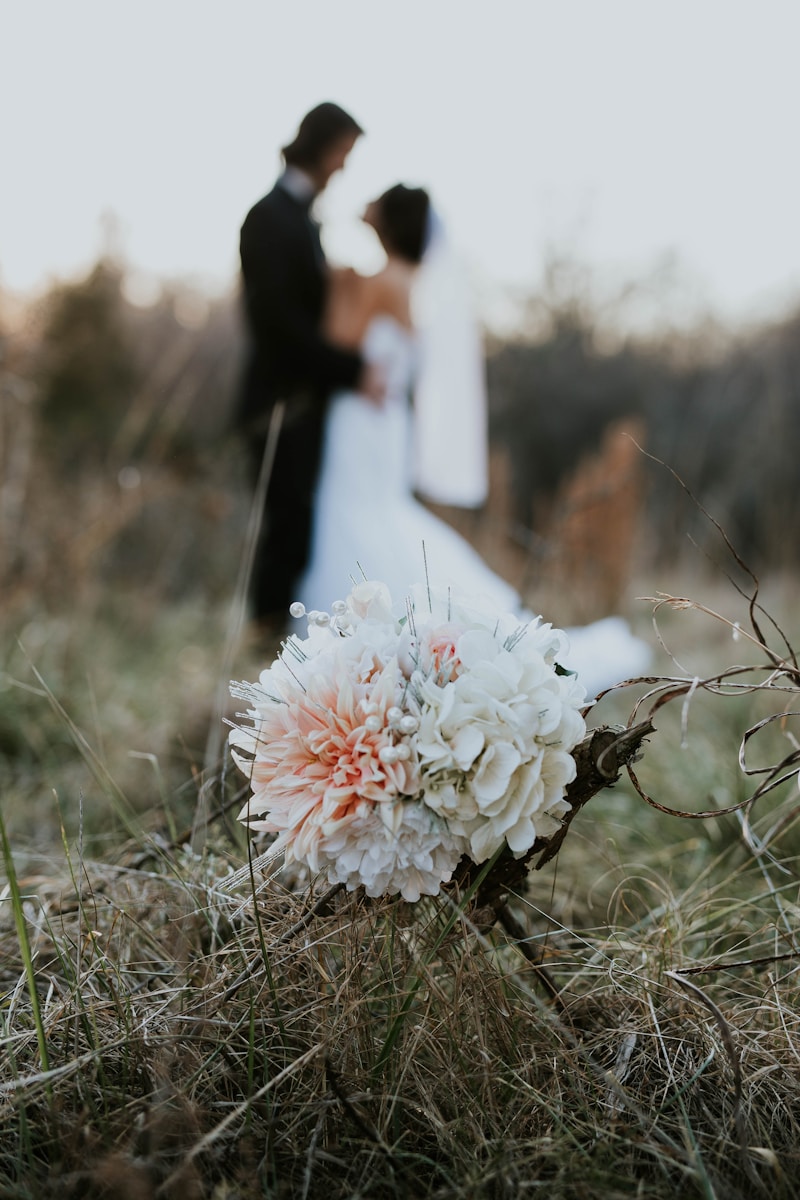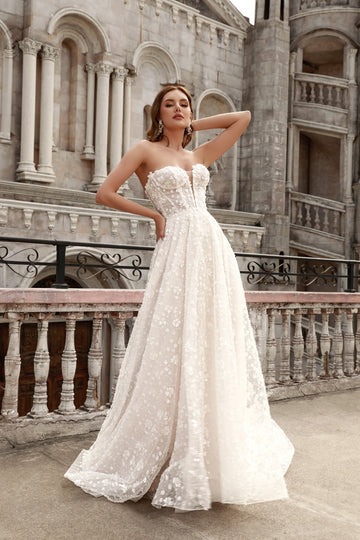Understanding Societal Influences on Bridal Designs: A Comprehensive Analysis
Understanding Societal Influences on Bridal Designs: A Comprehensive Analysis
Bridal designs continuously evolve, reflecting the dynamic interplay of societal influences. In this article, we will explore the various factors that shape bridal fashion, including culture, economy, and social trends. We will also examine how modern bridal attire incorporates these influences, providing a richly detailed overview of this fascinating subject.
The Effect of Culture on Bridal Designs
Cultural heritage deeply impacts traditional bridal designs. Different regions and cultures have distinct styles and customs that dictate the choice of materials, colors, and overall design of wedding attire. For example, in Western cultures, white has become the quintessential bridal color, symbolizing purity and new beginnings. This trend was popularized by Queen Victoria in the 19th century and has persisted. Conversely, in many Eastern cultures, red is favored, symbolizing good fortune and joy.

Regional Variations
| Region | Common Colors | Typical Styles |
| United States | White, Ivory | A-Line, Ball Gown |
| India | Red, Gold | Saree, Lehenga |
| China | Red, Gold | Qipao, Cheongsam |
| Mexico | White, Bright Colors | Traditional Dresses |
Understanding these regional variations allows designers to create authentic and representative bridal collections that resonate with the target audience and pay homage to cultural traditions.
Economic Factors Affecting Bridal Styles
The economic landscape plays a crucial role in shaping bridal designs. As disposable income fluctuates, so do the choices brides make regarding their wedding attire. In prosperous times, extravagant and ornate designs tend to dominate, whereas economic downturns might lead brides to opt for more minimalistic and budget-friendly options.
Bridal Gown Pricing Trends
| Year | Average Bridal Gown Price | Market Influences |
| 2015 | $1,500 | Stable Economy |
| 2020 | $1,800 | Inflation & Pandemic Impact |
| 2023 | $2,200 | Recovery & Supply Chain Issues |
Such economic influences extend beyond gown pricing; they affect associated wedding costs, such as florists, venues, and catering services. Consequently, designers must create versatile collections that cater to various budgets while reflecting the current bridal trends.
Social Trends and Their Impact
Social trends heavily influence bridal designs as societal norms and values change. Today’s brides are looking for dresses that offer individuality, which has sparked a rise in custom-made designs and alternative styles, such as jumpsuits and separates. The influence of social media platforms like Instagram and Pinterest has also revolutionized the bridal industry, making it easier for brides to discover new ideas and trends.
The Rise of Sustainable Fashion in Bridal Wear
One significant social trend is the focus on sustainability and ethical fashion. Many brides now prioritize environmentally friendly materials and practices when selecting their wedding gowns. This growing demand has prompted designers to rethink their sourcing and production strategies, leading to the emergence of eco-friendly collections that feature organic fabrics, recycled materials, and fair labor practices.
Influence of Celebrity Trends
Celebrity culture also plays a pivotal role in shaping bridal designs. Iconic weddings, like those of Meghan Markle or Kim Kardashian, set trends that quickly ripple through the bridal fashion world. Brides often seek to emulate their favorite celebrities, leading to the popularity of specific silhouettes, cuts, and embellishments.
Analysis of Celebrity Weddings
| Celebrity | Wedding Year | Notable Design Features |
| Meghan Markle | 2018 | Simplicity, Elegance, Minimalist |
| Kim Kardashian | 2014 | Extravagance, Long Train, Opulence |
| Kate Middleton | 2011 | Classic, Lace, Royal Influence |
These high-profile weddings drive interest in bridal designs that reflect elements of celebrity glamour, influencing what brides envision for their special day.
Technological Innovations and Bridal Designs
Advancements in technology have also had a considerable impact on bridal fashion. From 3D printing to virtual fittings, technology is reshaping how wedding dresses are designed and sold. Designers can create intricate patterns and custom pieces that were once impossible without significant labor and time.
Moreover, online shopping has transformed the way brides find their gowns. E-commerce has made it easier to access a wider range of styles and price points, allowing brides to compare designs virtually and customize their selections per their preferences.
Conclusion: The Future of Bridal Designs
As we have explored, societal influences play a multifaceted role in shaping bridal designs. Cultural heritage, economic factors, social trends, celebrity influence, and technological advancements collectively inform the choices brides make regarding their wedding attire. As society continues to evolve, so will bridal fashion, allowing for even greater diversity and creativity in designs.
Brides-to-be should consider these influences when selecting their gowns, and keep in mind their personal style, budget, and the values they wish to espouse. Ultimately, a wedding dress should be a reflection of the wearer and the unique story they want to tell on their special day.
Here are some key takeaways:
- Understand your cultural and personal preferences.
- Consider economic factors and budget constraints.
- Stay updated on social trends for modern bridal styles.
- Embrace technological advances in design and shopping.
By keeping these influences in mind, brides can curate a unique bridal experience that resonates with their vision and values.
